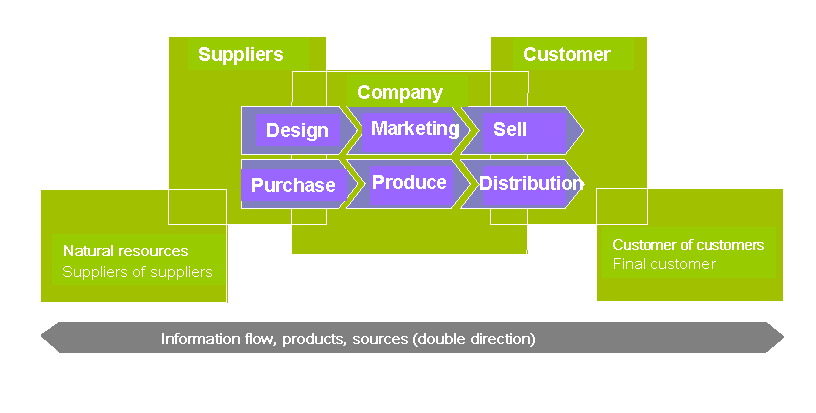
The Lean philosophy has its origins in the 80s, when a group of experts described the concept after comparing the General Motors (GM) production processes with the Toyota Production System. The conclusion reached is that processes can be optimized by removing everything that does not create value, reducing total delivery times and searching for the automation of the activities involved in these processes.
At first, the Lean tools were designed with the aim of making production processes more efficient. However, they soon became part of the continuous improvement strategies of the service and logistics industry. Today, Lean is a working system that enables faster, more flexible work processes through the elimination of practices that generate ”waste”, by removing the so-called ”dumb” inefficiencies.
As for the contribution resulting from the implementation of Lean tools to logistics processes, ”logistics operations can generate between 10% and 40 % of the product cost and over 50% of this cost accounts for activities that do not add value. Therefore, the Lean Logistics scheme ensures agile processes by considerably reducing variation.” In logistics and operations in general, variability is something to be avoided in our processes.
Lean tools, including value maps, allow for a deep understanding of logistics processes, managing to create customer-oriented processes, reducing everything that does not add value, generating reliable knowledge and information flows throughout the chain of supply. Some of the results it entails are the reduction of delivery time, the decrease and increase of inventory turns, and a significant reduction in bad quality costs caused by materials management among others.
There are increasingly more expressions like ‘Takt time’ (an expression that combines the German word Takt, meaning rhythm, and the English word Time), which can be defined as the rate at which a product must be manufactured so as to meet customer demand. It is this cadence or rhythm that synchronizes all the activities, from production to product delivery. Supply chains are becoming more ”pull” and less ”push” (both terms having their actual meaning). We have less inventory. Ideally, we only produce a product and move it across the supply chain when we have an order from our customer. It is the customer who pulls the entire chain, going from ”push” to ”pull”. It is not companies that “push” the products to the market across the supply chain, but it is the customers who “pull” them.
Due to this paradigm shift, one of the most important aspects of current operations in general and the Lean philosophy in particular is to access information focusing on the end-customer actual demand, that such information is reliable and that it can go through all the links of the chain without reductions or amplifications, making the appropriate adjustments. The collaborative work of the entire supply chain is essential to avoid wrong predictions about the customer needs in favour of a real demand management focusing on production planning and product delivery management. Therefore, we can state that producers do not currently compete against producers, but supply chains against supply chains. In this regard, coordination between the different companies that conform every supply chain is essential to achieving both effective and profitable systems.
A better balance of the entire supply chain, a reduced turnaround time and significantly improved customer service are some of the advantages allowed by the implementation of this type of Lean philosophy in companies.
We can finally claim that staff training plays a crucial role in developing a truly reliable and effective logistics system .Employees must be trained and educated to master the methodology and the tools. The results can be surprising, but they largely depend on the employees’ commitment. In this regard, management by objectives is essential. We need a comprehensive objectives policy across the company, translating every single objective, so that each member of the organization has a goal that is measurable, close, dependable on the employee and achievable. Not everyone in the organization needs to know what the EBITDA is and how to improve it!.
In this globalized world, where the environment is constantly changing, companies that do not commit to prepare for excellence will hardly be able to compete and even survive.


